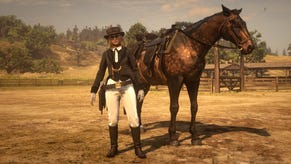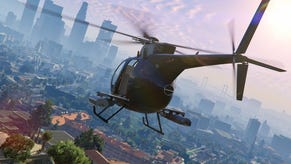Red Dead Redemption 2 looks and plays best on Xbox One X
Every console version tested.
PlayStation 4 - and latterly, PS4 Pro - have taken centre-stage in Red Dead Redemption 2's pre-release marketing campaign, meaning we have a pretty decent idea of how Rockstar's latest epic presents on Sony hardware. Today, we can discuss the Xbox One versions of the game, and the key takeaway is this: if you're looking for the very best RDR2 experience, Xbox One X is the go-to platform for this game. Rockstar's stunning technological achievement runs at native 4K on the X, and also delivers the smoothest performance. Bearing in mind just how far Rockstar is pushing current-gen hardware, that's a stunning achievement.
With that said, while there are key differences between the four different console versions, the level of commonality in terms of the visual feature set is worth emphasising. Long-time Digital Foundry readers may remember that the original Red Dead Redemption saw a reduction in environment detail - specifically with foliage - on PlayStation 3, with Xbox 360 delivering richer landscapes. There are no such differences that we could spot with the sequel. Environments are equally as lush on all platforms, rendering effects are almost a complete match, while draw distances and pop-in are just as solid regardless of the machine you play it on.
- Read Eurogamer's Red Dead Redemption 2 review
However, the implementation of certain effects - shadow quality and the intensity of depth of field - is tied to rendering resolution, an aspect of the presentation that varies substantially between each version of the game. At the top of the stack sits Xbox One X, rendering natively on ultra HD displays and looking magnificent. Taking the runner-up position here is PlayStation 4 Pro, which uses a reconstruction technique - likely checkerboarding - to take a native 1920x2160 framebuffer up to 4K.
Muddying the waters here a touch is the temporal anti-aliasing solution, which seems to interfere with the quality of the reconstructed output, giving a double-width pixel effect that emphasises the original 1920x2160 image, and it is noticeable on a 4K display. While it can't be completely ruled out, we found no evidence at all of dynamic resolution scaling (DRS) on any of the console versions of the game - the pixel counts are locked. Take a look at the screenshot comparisons on this page, and the X advantage is undeniable.
As expected, pixel-counts on PlayStation 4 resolve at the de facto standard 1080p, while the Xbox One S - quantifiably the lowest quality experience - delivers just 864p. The effectiveness of Red Dead Redemption 2's temporal anti-aliasing scales in line with pixel-count so while PS4 passes muster, Xbox One S looks blurry and grainy, with a particular impact on the quality of foliage and shadow rendering - which is perhaps not surprising as Microsoft's machine is only managing 66 per cent of full HD resolution. By extension, the resolution scaling between Xbox One and X is unprecedented: the enhanced console is designed to quadruple the base machine's pixel-pushing output but instead, Red Dead Redemption 2 is delivering a 6.2x boost to resolution, with further improvements on top of that.
It's not just resolution that separates base and enhanced consoles - there's texture quality too. Install sizes are identical between standard and 4K machines (106GB on Xbox One, 98GB on PS4) but the more powerful consoles deploy higher resolution textures, mostly noticeable in characters and clothing. Curiously though, there isn't a dramatic improvement in general quality terms - on both base and enhanced systems, the art sits well within the intended resolution 'canvas' of each system. Despite the X console's big RAM advantage over its PlayStation equivalent, art quality seems to be the same.
Beyond that, and aside from variation in the implementation of ambient occlusion, it's all about performance - and it's here where Xbox One X surprises us still further. Despite its immediately apparent resolution advantage over PS4 Pro and its massive boost to pixel count over Xbox One S, the X also has a tangible performance advantage over every other version of the game. Red Dead Redemption 2 targets 30 frames per second, frame-pacing is consistent on all platforms, but there's a clear difference in performance in the game's busiest areas, with the enhanced consoles clearly running more smoothly. Once again, top of the pile is Xbox One X. Bar one cutscene that strangely runs slower on X than any other platform, Microsoft's enhanced machine delivers a nigh-on locked 30fps with only very minor dips in performance in the most detailed city areas.
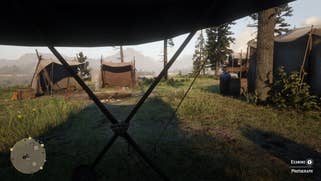
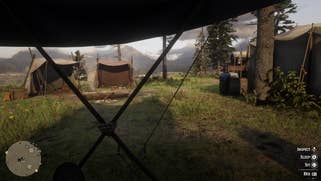

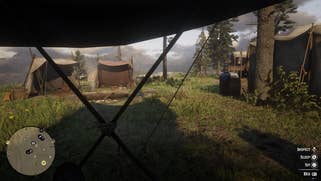

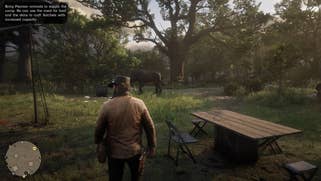

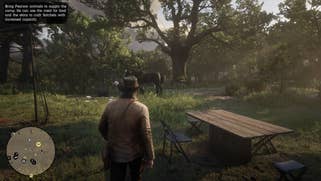
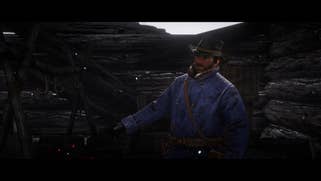



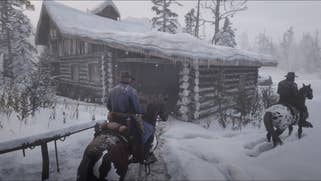


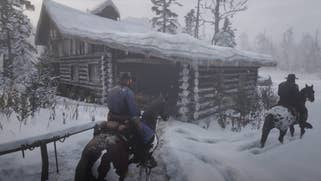
PlayStation 4 Pro is the next most stable platform, delivering entirely consistent performance in the wilderness but again, dropping frames in towns and cities. However, it's clearly not as stable as the X. For example, there are frame-rate dips in Valentine - a smaller town - while the Microsoft machine is basically flawless. Meanwhile, the base consoles both perform well in the wilderness, but performance is more variable in urban areas with the densest areas hitting the low 20s on both base consoles. In these areas, the standard Xbox One seems to have a small advantage over the PlayStation 4, suggesting that we may be hitting CPU limits (where the Microsoft machine has a frequency advantage). This may also explain why Pro is smoother, and how X offers up the most consistent experience of the bunch.
Overall, while Red Dead Redemption 2 scales with the capabilities of each console, there's the sense that the standard Xbox One under-delivers in resolution terms, suffering visually because of it - the TAA system thrives on resolution and there's the sense that there just isn't enough for it to work as effectively as it does on the other systems. Meanwhile, on the flipside, the more you look at what the X is delivering, the more remarkable it is. Generally speaking, Xbox One X has 3.3x the compute power of PlayStation 4 - but what you're getting is a 4x resolution boost and a near-locked 30fps where Sony's base machine can struggle in some scenarios. And despite the TAA effect, intricate detail is still resolved on X - and you definitely feel that you're getting value from your 4K display.
There's clear variation between the consoles then, but it is worth stressing the positive points - there's platform parity in terms of the vast majority of the rendering features, with no noticeable omissions on the base machines, which are divided only by resolution. While performance can be variable, I'd still say that the PS4 and Xbox One S still hand in more stable frame-rates than the original Red Dead Redemption, with fewer variations in the visual make-up than the last game too. But really, to see this phenomenal game at its absolute best, Xbox One X is the platform of choice - and by quite a considerable margin.







